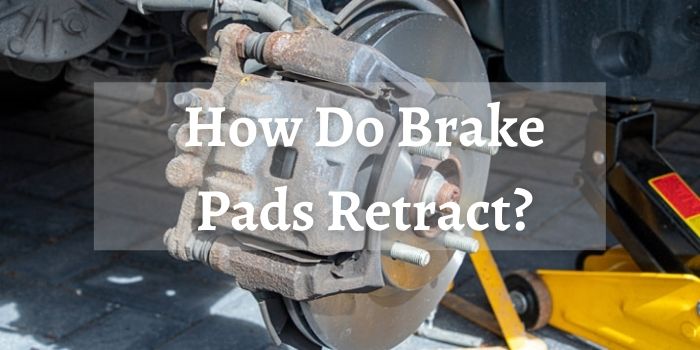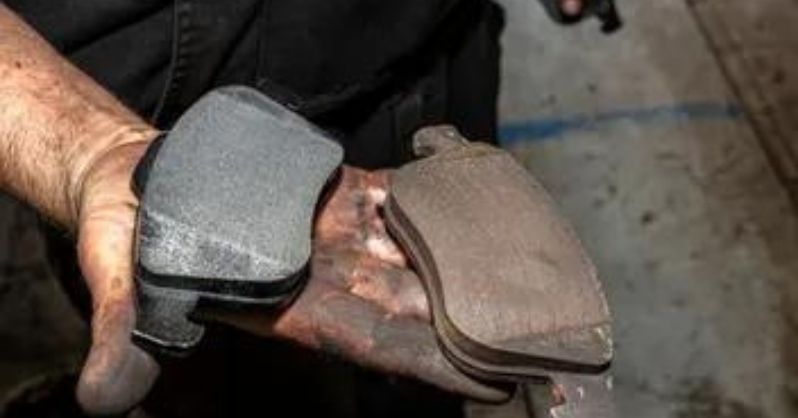You know that feeling when you’re driving down the road, and suddenly your car starts shaking uncontrollably? That’s usually a sign that something’s wrong with your brakes.
One of the most important components of the brake system is the brake pad. Retractable brake pads are designed to keep the brake rotor clean and free from debris. In this blog post, we’ll take a closer look at how do brake pads retract and what benefits they offer. Stay safe out there on the open road!
How Do Brake Pads Retract?

Brake pads are never forced to be retracted under any circumstances. The brake disks or drums are always lightly touched by the pads, even when the brake pedal is released. When you let go of the brake pedal, no more pressure is applied to them, resulting in less stopping power.
It all comes down to context. When hydraulic pressure is released, springs actually retract the shoes in a drum brake. In most disc brake systems, a square cut o-ring is used to seal the piston that applies force to the brake pads. The o-ring flexes outward with the piston during application.
Then, the seal returns to its original position after being released. A return spring attached to the brake pads is used in some disc brake designs.
The movement is extremely insignificant. All brake hardware and components must therefore be able to move freely when released. And that’s how the brake pad is retracted successfully.
What Causes a Caliper Piston Not to Retract?
Piston corrosion, a defective piston or dust seal, may be caused by dirt or other foreign matter. It’s time for a thorough cleaning and maintenance.
Hydraulic force may also be reduced by air in the line or a faulty master cylinder. But these issues should be addressed by removing the component for cleaning. Just take your time to fix it, and you’ll be fine.
Are Metallic Pads Better or Ceramic Pads?

In general, ceramic brake pads are preferred over metallic brake pads. Because the metal fibers in ceramic pads are copper instead of steel which means they are less likely to wear and better able to transfer heat. Not only do they last longer and cool faster than other pads, but they’re also virtually silent. Because ceramic pad dust is so light in color, it makes your wheels appear cleaner.
For the most part, metallic pads are reserved for racing or the extremely wealthy. Noise and dust are a constant problem, and they’re especially hard on the rotors when cold.
Why Do The Brake Pads Cost Differently?
Yes, it does. To begin with, no two brake pads are exactly alike. In many ways, they’re not the same. First and foremost, the quality of each is different. There are a variety of products available from various brands at a variety of prices. Their robustness, adaptability, and effectiveness differ.
Another distinction is the wide range of design and shape variations that exist between the two. For a specific model of car, the price is higher because it is tailored and optimized. As a result, the price changes.
Conclusion
Brake pads are as important as any other part of your car. They contract to give it friction to halt right away. Once you release the brake, the brake pads retract right away, and that’s how your car starts to move again.
So I hope this blog helped you in learning how do brake pads retract.